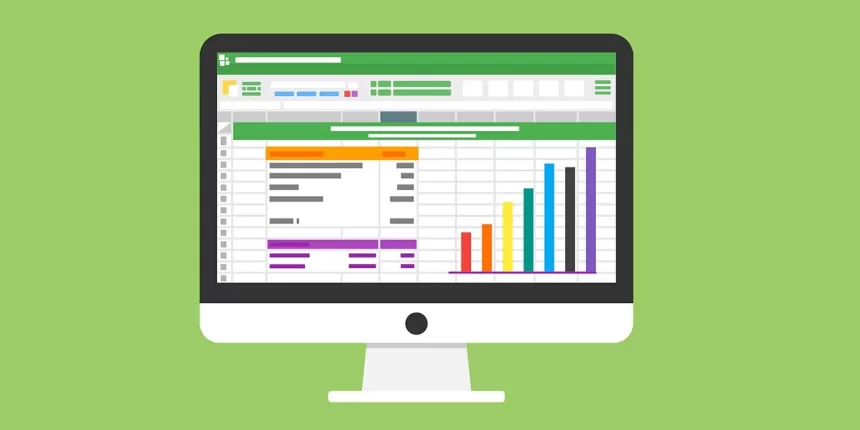Business information is more abundant than ever. Regardless of whether this information is acquired directly or obtained from a third-party or syndicated source, it must be carefully handled to offer organizations the most value. Organizations are pouring money into data infrastructure and networks, for example, data lakes and data centers, to accomplish this purpose. To harness insights, this investment is vital, but it is only necessary for the solution.
Organizations are increasingly embracing the processes of decision-making powered by data. They do not have an alternative, with insight-driven companies rising many times faster than their rivals. The gauntlet has been tossed down correctly. Either give your company access to essential data or join dinosaur organizations in the developing memorial park, unable or unwilling to adjust to the advanced digital economy.
By encouraging business owners to access data conveniently and obtain the information they need, self-service BI and analytics solutions will address this challenge. However, only providing Self-service BI does not guarantee that a company will become rich in insights and that critical collaborators will follow up on insights without the technical team members’ contribution. Progress towards truly insight-driven decisions requires a purposeful commitment of leadership, investment in the right devices, and empowerment of employees with the objective that leaders across capacities will independently inform data before acting.
As organizations must stab such, data democratization: opening up access to data and analytics among non-technical individuals without technical guards. In data democratization, to ensure full acceptance, the user interface must comply with business owners’ practices and desires. Data democratization means the mechanism in which data can be used while decisions are taken. Data democratization means the mechanism in which data can be used while decisions are taken. By having short admission to data and making decisions quickly, everybody gains in the company.
The introduction of data democratization needs the self-awareness of the data program; that is, protocols should be set up with more prominent broad admission to data to ensure that users submitted to such data understand what they see, that when deciphered, nothing is confused and that overall data protection itself is maintained, as more noteworthy data accessibility may also be successful.
Steps to get started with Democratizing Data
- Know your company: The foremost move is to compete and is to know yourself. Organizations must understand what’s happening inside their company continually. Organizations need this information, all the more critical, to be informed by data, such as key performance indicators (KPIs) or priorities and critical outcomes (OKRs), which are available to many rather than relying on the gut feeling of the few.
- Foundation for Sound Data: The data itself must be clean and accurate for users to harness value from information. Analysis and insights of a similar type will be provided by mixed, mistaken, and low-quality data. That is why organizations need to clean and model data before an analytics or BI solution is associated. This cycle involves agreeing on reliable meanings of knowledge that will be agreed on and used in the business. It is crucial to participate in data democratization around a specific business outcome. Starting with a small, focused mission, organizations can efficiently execute democratization without waiting tight for their information to be flawless. Precise, high-quality data is necessary, but flawlessness is ridiculous.
- Provide Training to User: Data analytics and visualization tools will overwhelm the end-user. This should be possible by two-factor: the company does not obtain a lot of hardware yield, and there is no appropriate training for the other. Ensure that the user interprets the degree, meaning, and procedures of the data before including the user in using the system. Training should cover the platform’s potential, how it should be explored, and a step-by-step approach to data entry, access, and deciphering.
- Utilize Machine Learning: Recent developments in AI and machine learning technologies have made it possible for analytics systems to automatically ask many questions, analyze the data, and extract information without a single inquiry being asked by a person. This is the real enchantment of democratizing data. It’s an ideal symbiotic relationship. To discover what is familiar, people proactively see details; the framework sees the above and asks additional questions to discover unexpected data, making people burrow further.










